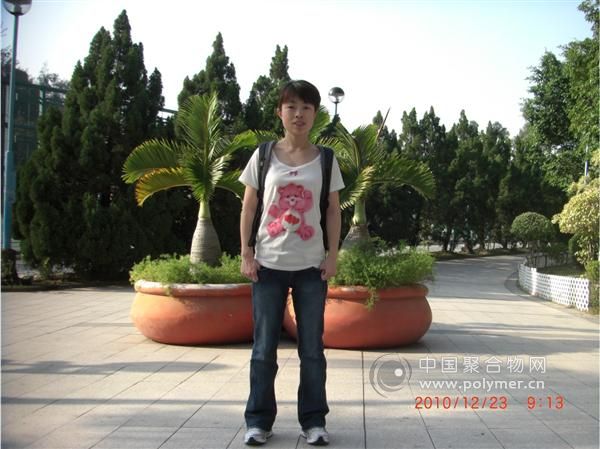
E-mail: zhaoli0109@yahoo.com.cn
Structure and dynamic evolution of polymers at surface or interface are studied in this project. The configurations and dynamics of polymer chains at and near solid surfaces differ profoundly from that in the bulk. If polymer chains with well-defined length adsorbed onto solid substrate, well-ordered assembled monolayer could be prepared. Conjugated molecules are the most common candidates and they can be used in active electronic and optoelectronic organic materials. Many techniques could prepare thin uniform polymer films. However, dewetting will take place if a partially wetting film is placed on a solid substrate. Therefore it is of much importance to study the stability of the adsorbed polymer thin film. Another promising building block to self-assemble into highly ordered structures is rod-coil block copolymers. The local packing of rigid rod gives rise to additional orientational ordering within the self-assembled structures. It is interesting to balance the competition between maximizing the rod-rod contacts and the entropy contributed by the coils, and hence to prepare electronic and optoelectronic materials in nanoscale. Molecular dynamics (MD) simulation method is adopted to probe the laws inherent in the above-mentioned physical processes. Besides traditional explicit MD simulation method, coarse-grained molecular dynamics (CGMD) method which ignores the chemical detail of atoms and therefore can provide physical quality in large time and space scale is also adopt. In my work, we investigated not only the adsorption of single-chain polystyrene on the graphite surface and the self-assembly of permethyldecasilane on silicon surface using atomistic MD method, but also the dewetting behavior of liquid film on partial wetting solid surface and the self-assembly of tethered nanorods using CGMD method. Recently, our interest is focused on the influence of “reaction” on the dynamic self-assembly of rigid rod system.